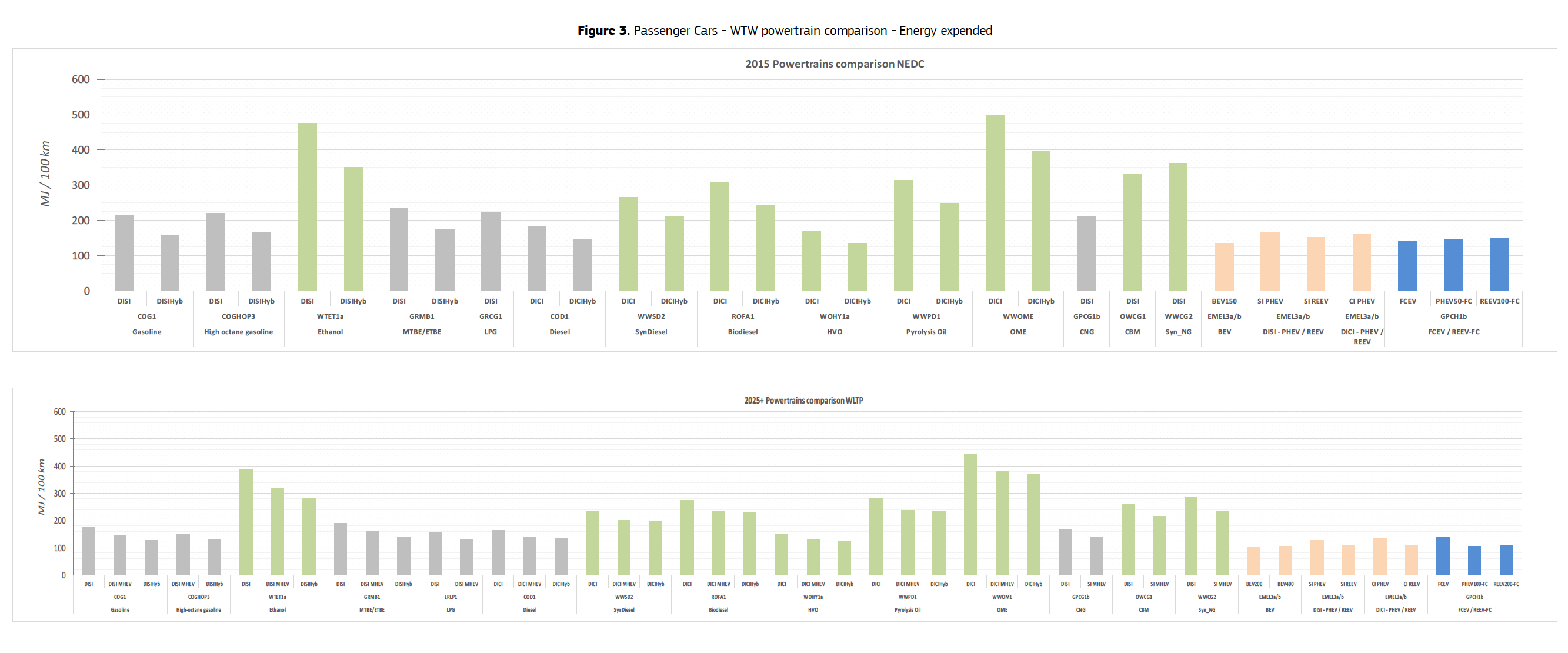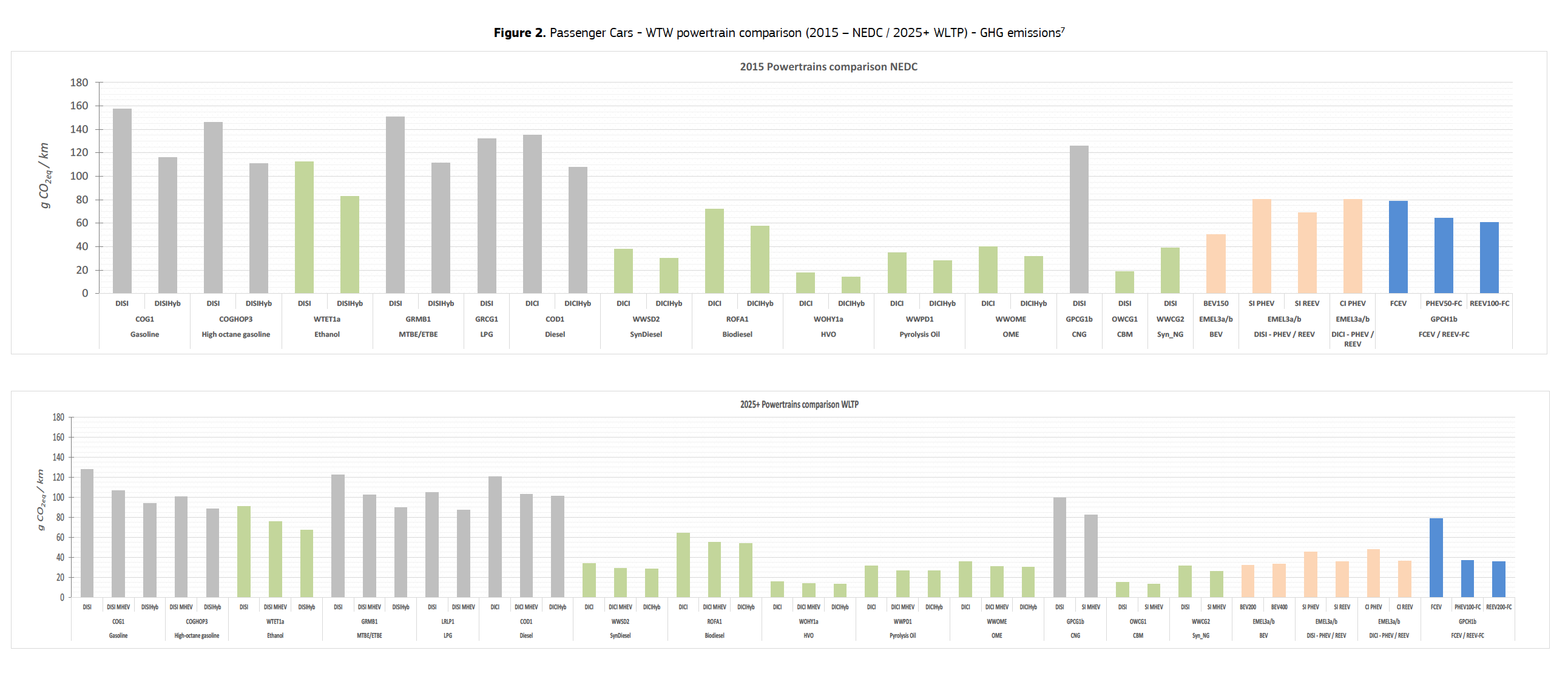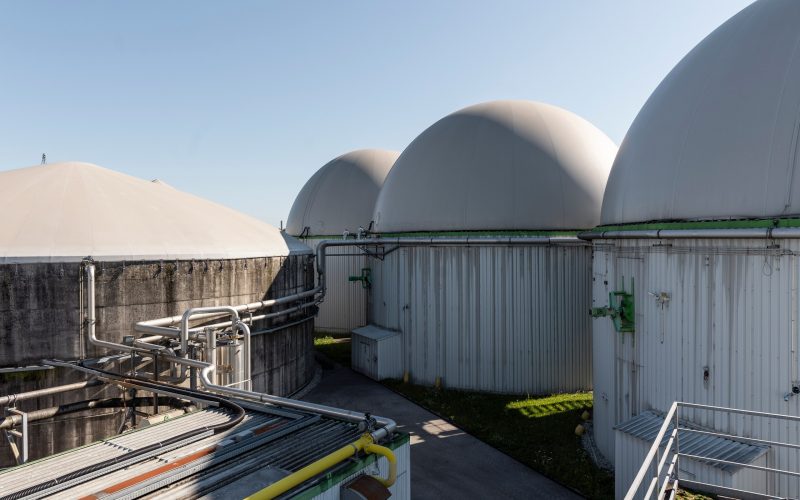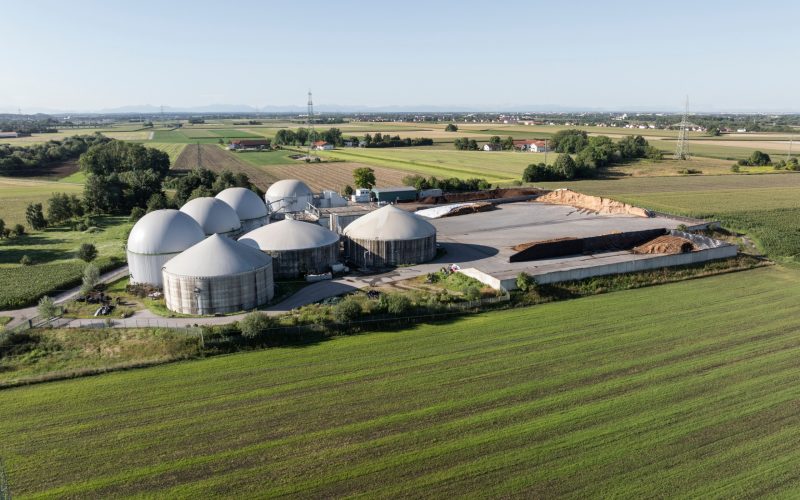The future of biofuels for transportation in Europe – Well-to-Wheels estimates
Prospects for motor biofuels for cars and trucks in Europe.
We publish a brief review of the Well-to-Wheels report from UABIO expert Semen Drahniev.
The first diagram shows greenhouse gas emissions by cars per 1 km in 2015 and after 2025:
What it means?
Greenhouse gas emissions from first-generation biofuels (eg bioethanol in the range of 80-110 g CO2eq / km in 2015 and in the range of 65-90 g CO2eq / km after 2025; biodiesel in the range of 55-70 g CO2eq / km in 2015 and in the range of 55-65 g CO2eq / km after 2025) less than traditional motor fuels derived from oil and gas (more than 105 g CO2eq / km in 2015 and more than 90 g CO2eq / km after 2025), but the usage of second-generation biofuels can achieve greater reductions in GHG emissions (up to 15 g CO2eq / km), which are less than GHG emissions from electric vehicles (50 g in 2015 and about 30 g CO2eq / km after 2025).
Greenhouse gas emissions by trucks per tonne of road in 2016 and after 2025 are shown in the second diagram:

What it means?
Currently, emissions from biofuels of the first and second generations are lower than emissions from other types of energy, but after 2025 due to improved technologies, it is expected to reduce emissions from electric vehicles from 40-46 g CO2eq / tkm to 20-25 g CO2eq / tkm, which will be lower than in first-generation biodiesel. Hydrogenated vegetable oil and compressed biomethane provide the lowest GHG emissions, which are about 10 g CO2eq / tkm.
Why is this report important?
The Joint Research Center of the European Commission (JRC), EUCAR, and Concawe has presented an updated Well-to-Wheels assessment of energy usage and greenhouse gas (GHG) emissions for a wide range of potential future fuels, in particular, motor biofuels and power units. This is the 5th version of the Well-to-Wheels report, which is based on the usage of an extended Life Cycle Assessment methodology.
The purpose of the report is to assess the impact of fuel and/or power units in Europe on global energy consumption and the balance of greenhouse gas emissions, taking into account changes caused by fuel substitution.
Well-To-Wheels report
This is especially true for biofuels produced from biomass, where careful consideration of by-products is important for accurate modeling, and where land use for harvesting can have major implications for agriculture worldwide.
The report contains answers to the following questions:
- What combinations of fuel and power units are most likely to be installed in the existing transportation sector after 2025? Which of them shows the best environmental performance?
- What is the impact of the selected uses of raw materials and fuel production on the final performance of Well-to-Wheels?
Source: JEC Well-To-Wheels report (v5): https://bit.ly/30O5eVH.



